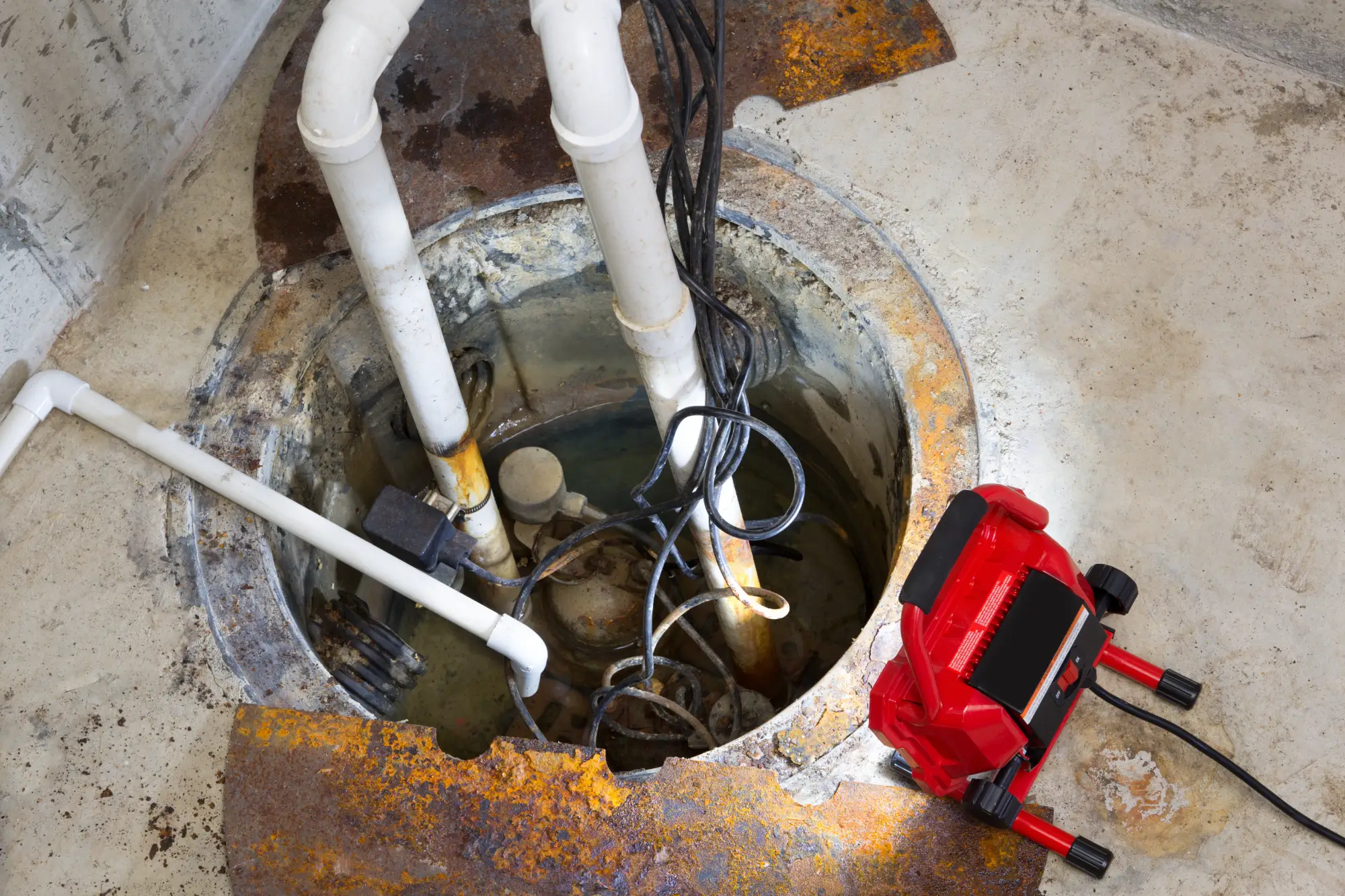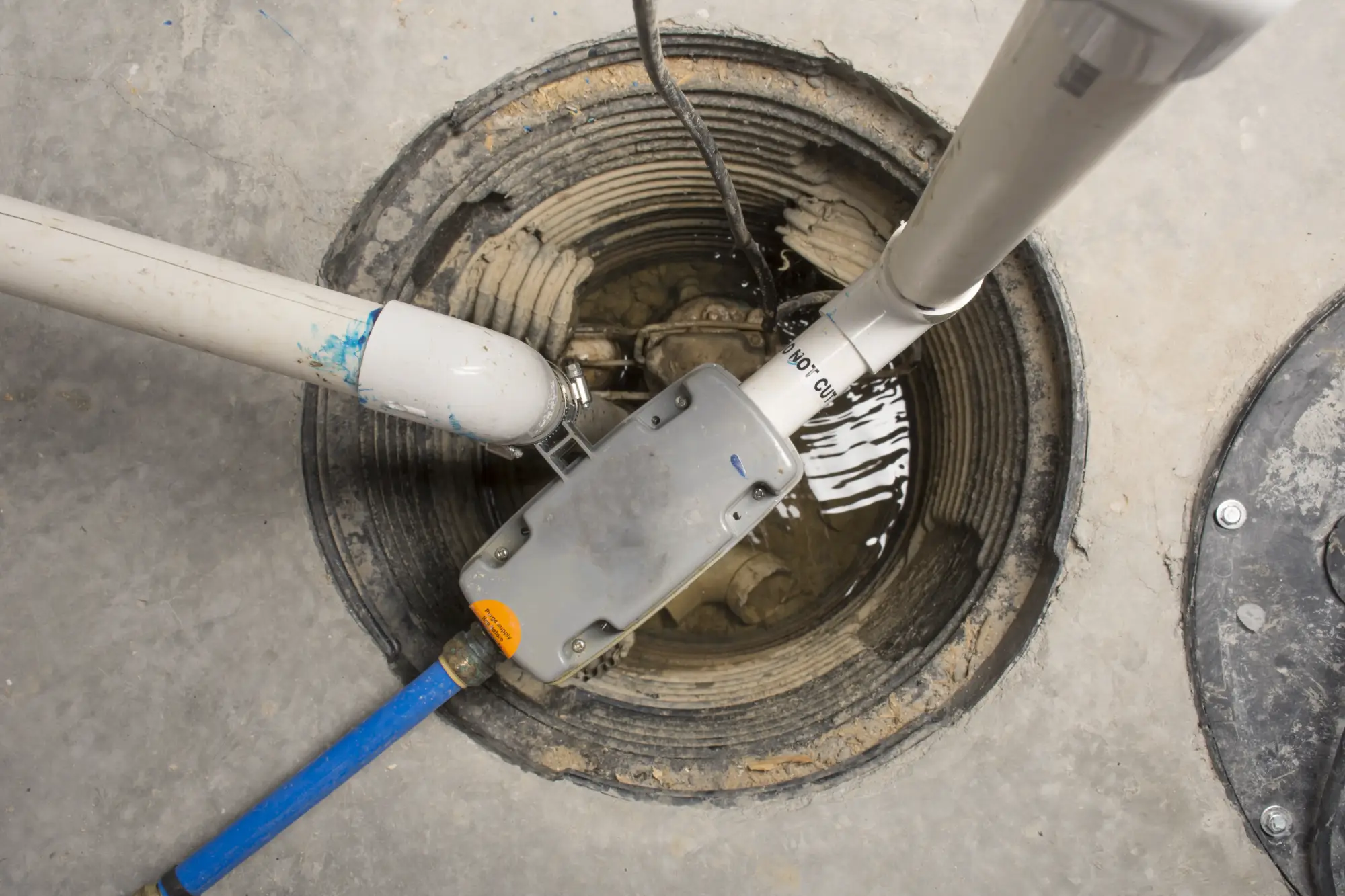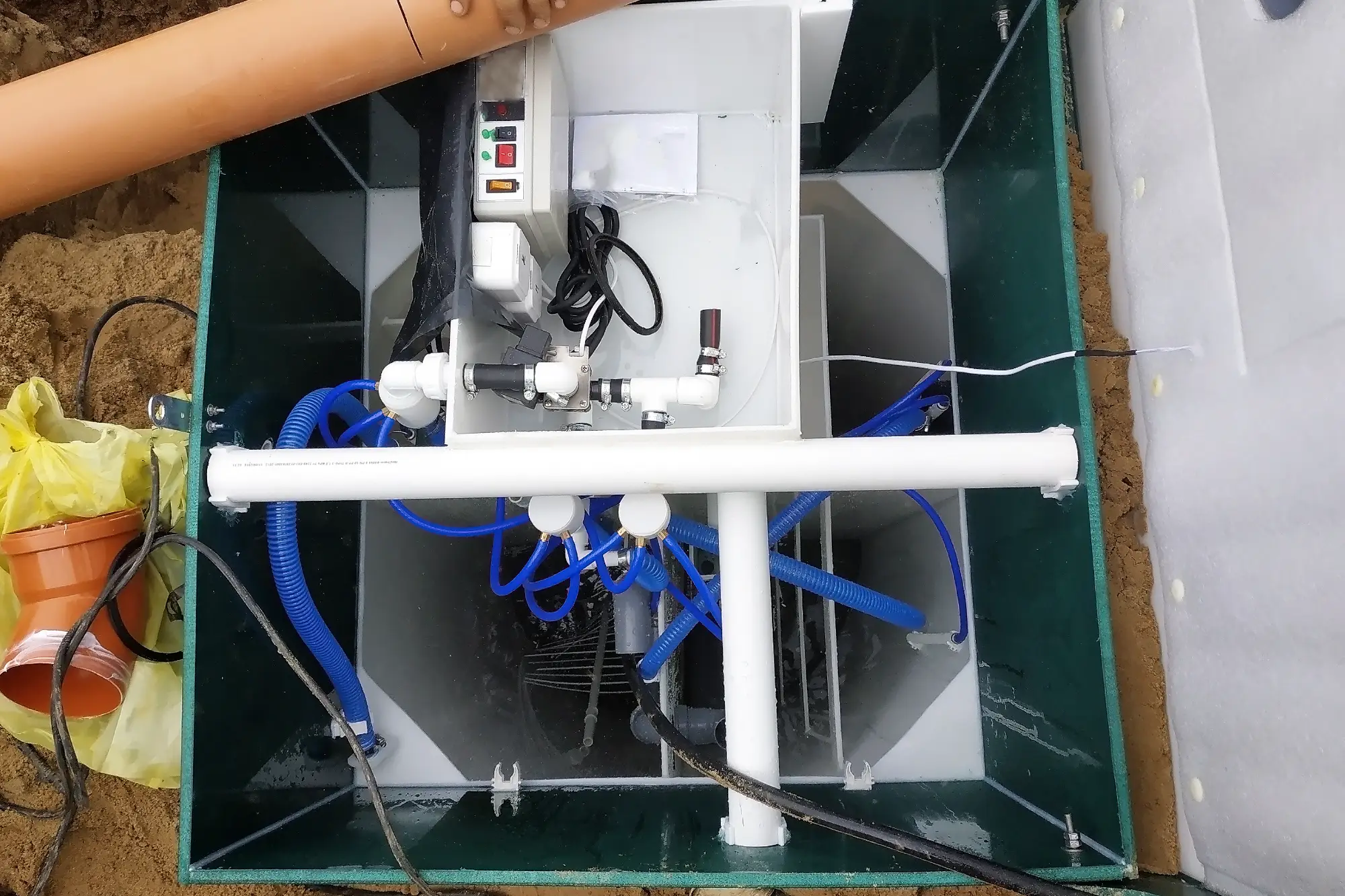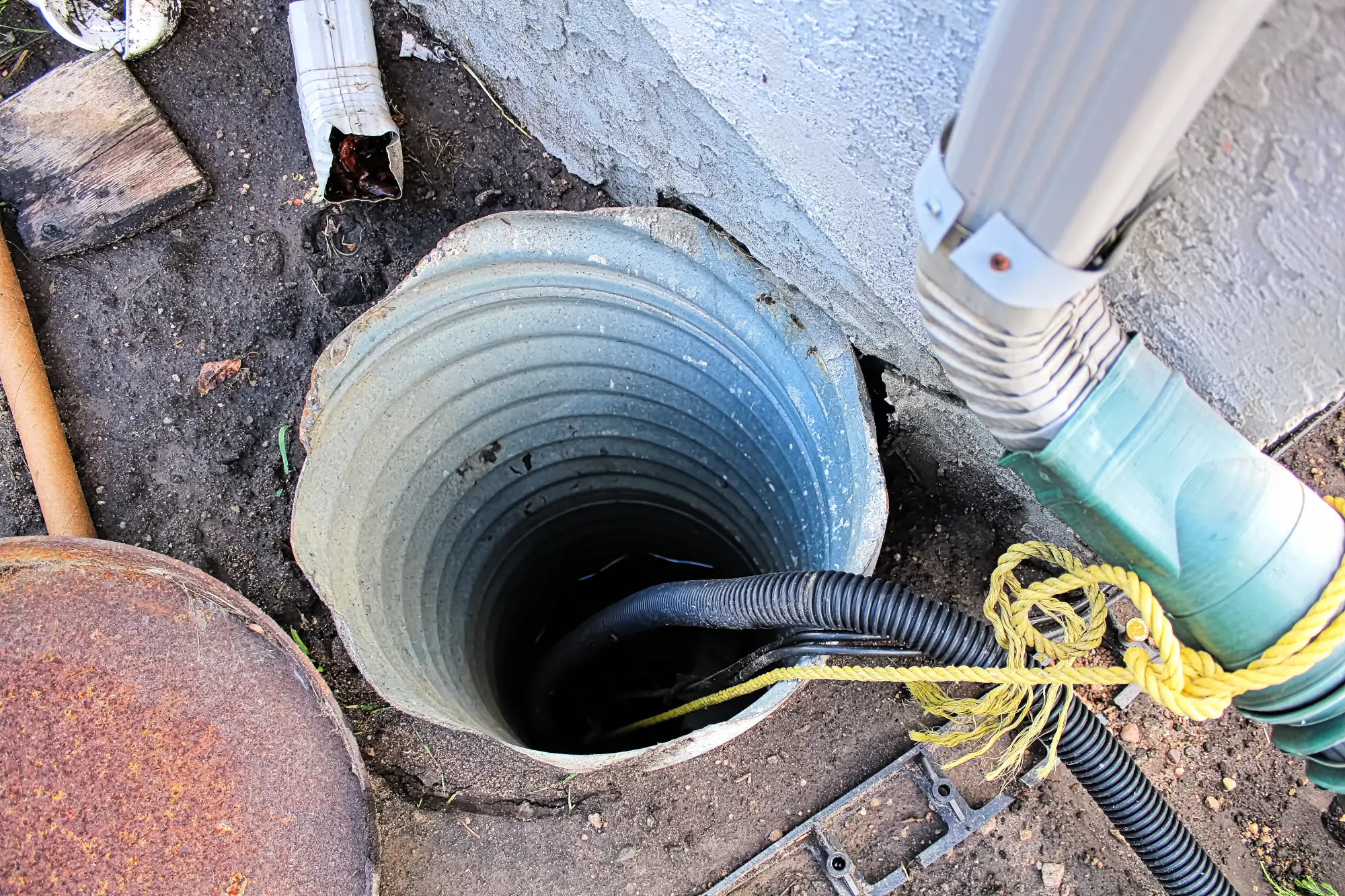Sump Pump Installation in Selden, NY
Stop Basement Flooding Before It Starts
Professional sump pump installation that keeps your basement dry during Long Island’s heaviest storms and wettest seasons.

Hear About Us

Basement Protection Selden NY
You’ll sleep better knowing your basement is protected 24/7. No more rushing downstairs during storms to check for water. No more moving everything off the floor when heavy rain is forecasted.
A properly installed basement sump pump system handles the water before you ever see it. The pump activates automatically when water levels rise, directing it safely away from your foundation. Your belongings stay safe, your finished basement remains usable, and you avoid the headache of cleanup and restoration.
Long Island’s clay soil and high water table mean basement water issues aren’t going away on their own. The right sump pump installation gives you the protection you need, designed specifically for Selden’s unique conditions.
Selden Sump Pump Installers
We at Diamond Masonry & Waterproofing LLC have been protecting Long Island basements for years. We understand how Selden’s soil conditions and water table affect your home’s foundation and basement.
You’re not getting a one-size-fits-all approach. Every sump pump installation we do is customized for your specific situation, your basement layout, and the water challenges your property faces.
We’re licensed, insured, and familiar with local building codes. When we install your system, it’s done right the first time, with the permits and inspections your municipality requires.

Sump Pump Installation Process
First, we assess your basement’s specific water issues and determine the best location for your sump pump system. We look at your foundation, existing drainage, and how water typically enters your space.
Next, we excavate the sump pit at the lowest point of your basement floor. The pit gets lined with gravel for proper drainage, and we install the sump pump with appropriate discharge piping that directs water well away from your foundation.
We test the entire system to make sure it activates properly and handles the water volume your basement might see. You’ll know exactly how your new system works and what to expect. The installation includes cleanup, and we make sure you understand basic maintenance to keep everything running smoothly.

Ready to get started?
Explore More Services
About Diamond Masonry & Waterproofing
Get a Free Consultation
Custom Sump Pump Solutions
Your sump pump installation includes the pump, basin, discharge piping, and proper electrical connections. We use high-quality pumps designed for Long Island’s conditions, not the cheapest options that fail when you need them most.
Every installation comes with battery backup options to keep your system running during power outages. Storms that cause flooding often knock out electricity, so your protection shouldn’t depend on the power staying on.
We handle the permits and make sure your installation meets local codes. The discharge line gets routed properly to prevent water from returning to your foundation, and we include a check valve to prevent backflow into your basement.

How long does sump pump installation take in Selden homes?
What size sump pump do I need for my Selden basement?
Do I need a battery backup for my basement sump pump?
How often does a sump pump need maintenance or replacement?
Can you install a sump pump in a finished basement?
What happens if my sump pump fails during a storm?
Local Resources
- Google Map Link
- Find the Selden, NY USPS
- Locate Nearby Selden, NY Pharmacies
- View the Current Weather in Selden, NY
- Selden, NY is located in Suffolk county in New York State